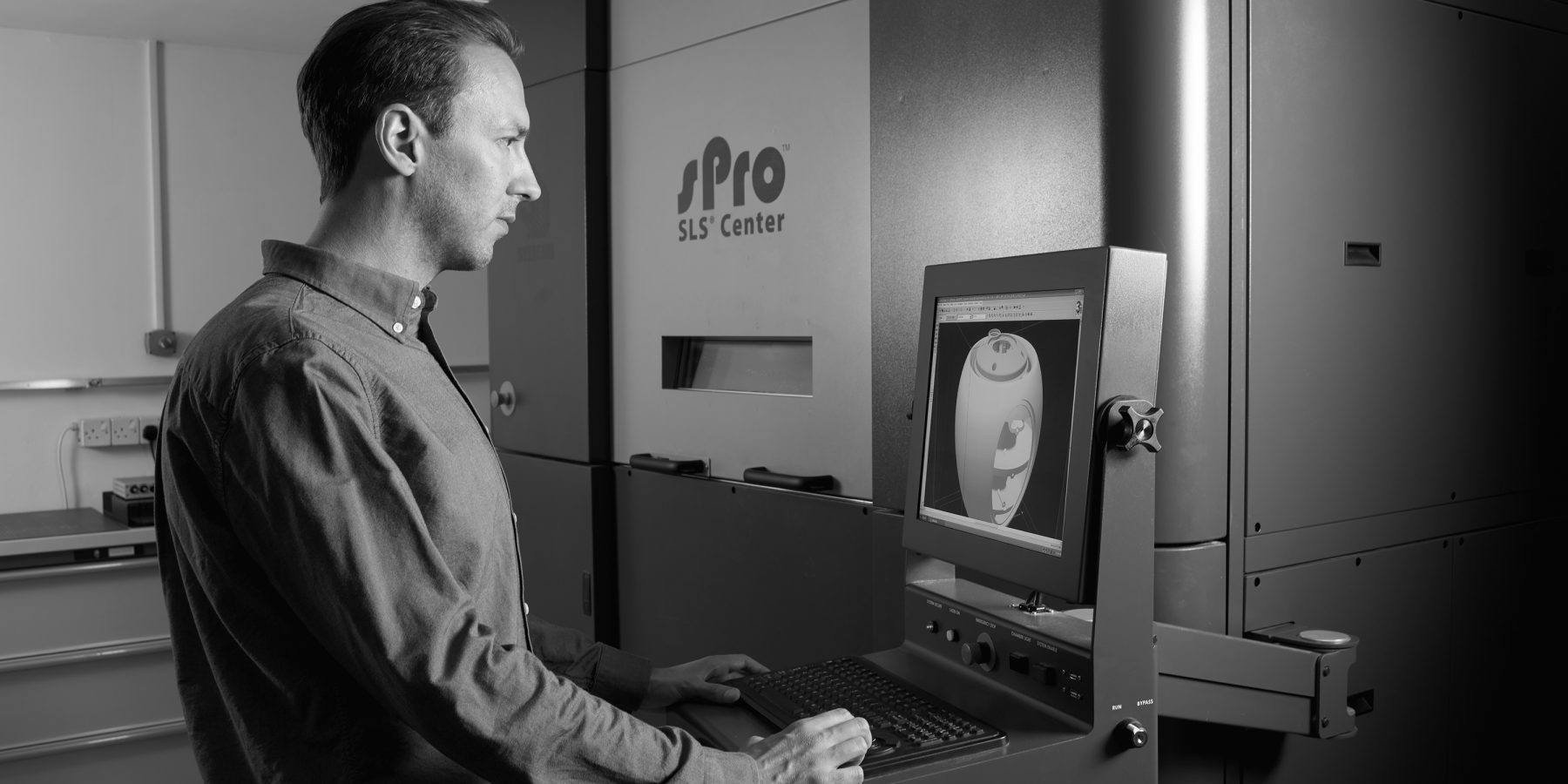From Speakers to Racing Cars – The Possibilities of 3D Printing
We recently highlighted Node’s 2019 collaboration with the Bentley car company, during which a special pair of HYLIXAs were produced in the exclusive automotive marque’s colours as part of Bentley’s centenary celebrations.
As showcased there, the aerodynamically perfected stance of HYLIXA and its exquisite craftsmanship made it a natural coupling with Bentley, a brand synonymous with British racing heritage. However, Node’s relationship with motorsport does not end here. In fact, Node’s creators, Ashley May and David Evans, having come from design backgrounds themselves, were inspired by the automotive industry, and sought to instill in their loudspeakers that same relentless innovation as seen at its most competitive level.
Indeed, HYLIXA’s unique strengths are only made possible by the leveraging of a manufacturing technique which is more widely used in Formula One racing – 3D printing. And as that technology continues to liberate race car designers, producing engineering marvels whose creators continue to strive for an ever-increasing standard of cutting-edge performance, likewise has it set Node’s approach to loudspeaker design apart from that of other companies.
Since 3D printing reached its maturity in the late ‘90s-early ‘00s, the technology has given designers a vastly greater degree of control and flexibility over the internal design, prototyping and production of parts. For Formula One, the technology has been a close ally since this time - for example, the ability to produce solid components with complex internal channels has made it far easier to place sensors in prototype chassis for wind tunnel testing, streamlining the entire process of aerodynamic optimisation.
Almost analogously, 3D printing is likewise crucial to the body and effect of HYLIXA - following extensive computer simulation, in which the geometry and aerodynamics of the part are exhaustively tested, HYLIXA’s chassis is ‘grown’ via state-of-the-art Selective Laser Sintering, being formed out of microscopic glass nylon particles one 0.2mm layer at a time.
The part is then machined with computer control before being hand-finished to produce a surface that is dynamically inert and has no flat edges. Like the ceramic-like panelling of a race car, this ensures HYLIXA has a superior reflective quality and drastically reduces acoustic diffraction across the loudspeaker’s body. Existing as one rigid part, HYLIXA also has little of the bending characteristic of box-like loudspeakers nor their associated micro-vibrational interference.
Modern race cars have similar, spatially conservative constructions, with as few part interfaces as possible to achieve their light weight while also being tightly packed to carry their immense horsepower and technological sophistication. This is again largely thanks to the intricate internal structures achievable through 3D printing.
Another analogy could be drawn here to HYLIXA – with the loudspeaker’s internal helical structure providing its awesome bass extension, its crossover is optimised for both space and acoustics by being stored not in the cabinet itself, as seen in box-like loudspeakers, but in its profiled, magazine-like stand. This frees the cabinet’s crucial sonic region, allowing sound to be produced all from one origin and in the crucial time-domain, and giving HYLIXA superior texture and timbre. Every part interface that is present is flush, eliminating the otherwise present potential for resonance.
Industries outside of competitive racing have also, over the past 30 years, been able to produce previously unimaginable products because of 3D printing. Node’s application of it in the field of loudspeaker design, producing immersive soundstages and dramatic bass extension through its unique method of sound transmission, is just another feat of engineering excellence made possible by the technology.




